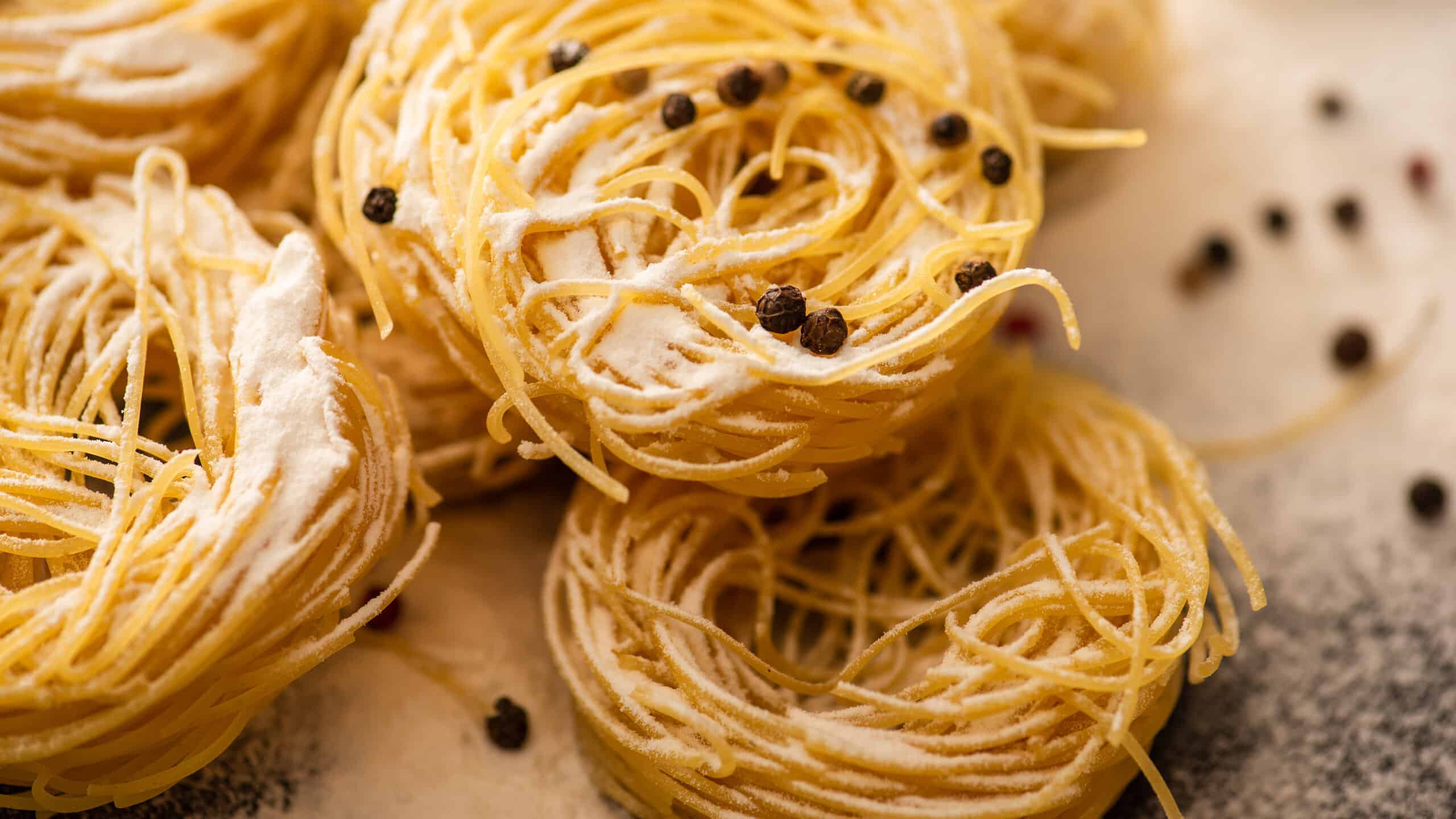Finding a low-calorie and carbohydrate meal can be a challenge. Rice and pasta often top the list of low-calorie and carbohydrate meals that offer options. They can vary depending on the type of rice or pasta and the processing method.
For instance, brown rice and pasta have more fiber, antioxidants, vitamins, and minerals, promoting a healthier lifestyle. Additionally, the portions of how much you eat of rice and pasta can affect the nutrition of the kind of rice and pasta you're eating. How you cook rice or pasta can also change the taste and overall nutritional value of the food, especially if either food is cooked with spices, oils, or sauces.
To learn more, we'll explore how rice and pasta are both different, best prepared, and how they complement different foods.
Rice vs. Pasta: What Are the Key Differences?
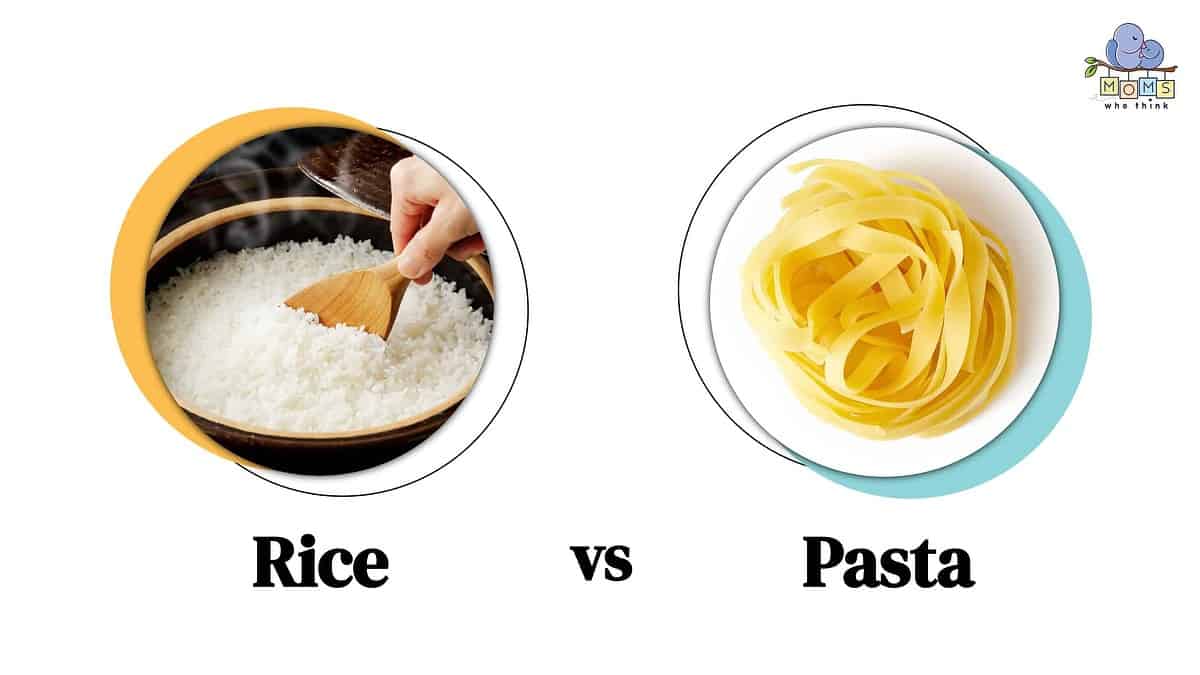
©
While rice and pasta are similar in that they have low in calories and carbohydrates, they still have distinct differences that make them unique.
For instance, when it comes to preparation, you can make rice by steaming it in a pot or a rice cooker. That process involves adding a certain amount of water proportional to the rice and letting it cook. While that's a traditional way of cooking rice, you can also find various ways to cook it differently for casseroles in the oven or even differently for desserts. The four most common ways to cook rice include steaming, boiling, and in pilaf or risotto.
Pasta is prepared similarly. Add a certain amount of pasta proportional water to the pot and let it cook until the pasta is soft enough to eat. While this is a certain way to cook pasta, there are also many different ways to cook pasta, depending on the pasta you choose to cook with.
For instance, these are the typical kinds of pasta:
- Fusilli
- Farfalle
- Pappardelle
- Orecchiette
- Rigatoni
- Ravioli
- Trofie
- Gigli
Texture
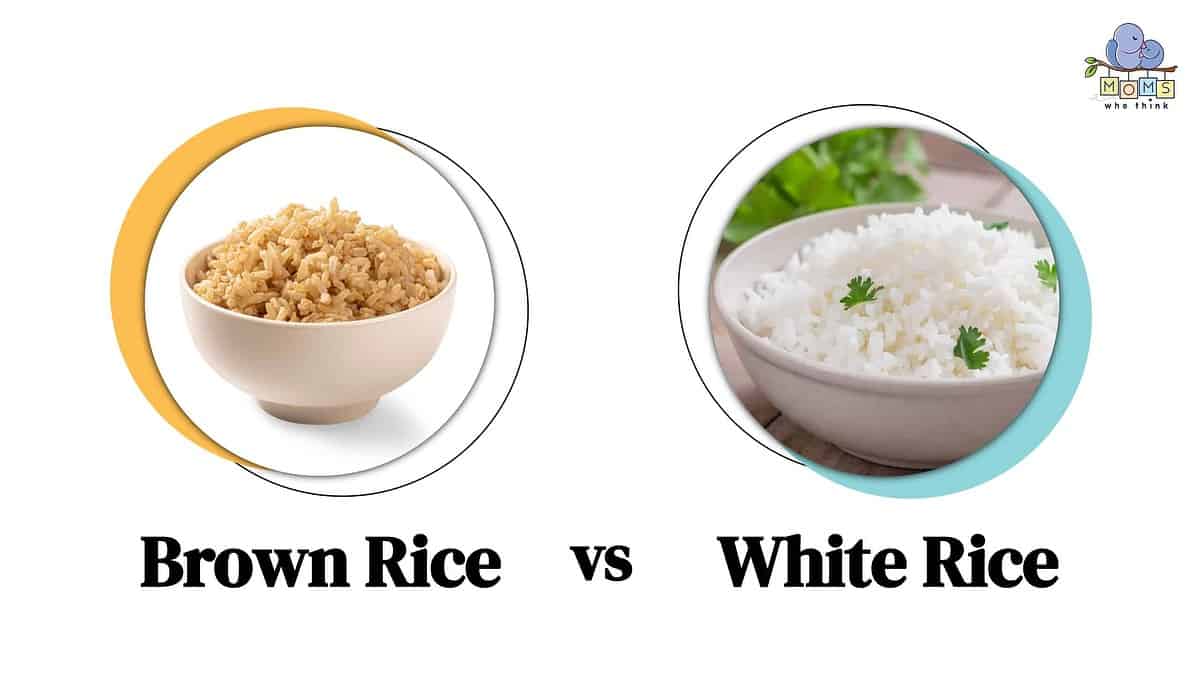
©
When it comes to texture, rice and pasta are nothing alike. When cooked, rice is soft and fluffy. The texture is sticky and can often be a mess to clean up if left on the ground because of its stickiness. Before the rice is cooked, it's a dry grain. The process of adding water and cooking it makes it sticky.
Pasta has a much different texture. Made typically with wheat flour, pasta has more of a chewy and firm consistency. While rice comes in one size, pasta is known to have different sizes. For instance, penne pasta is different from spaghetti pasta and lasagna pasta. The kind of pasta you choose is determined by what you're making and what you enjoy eating.
Nutritional Differences
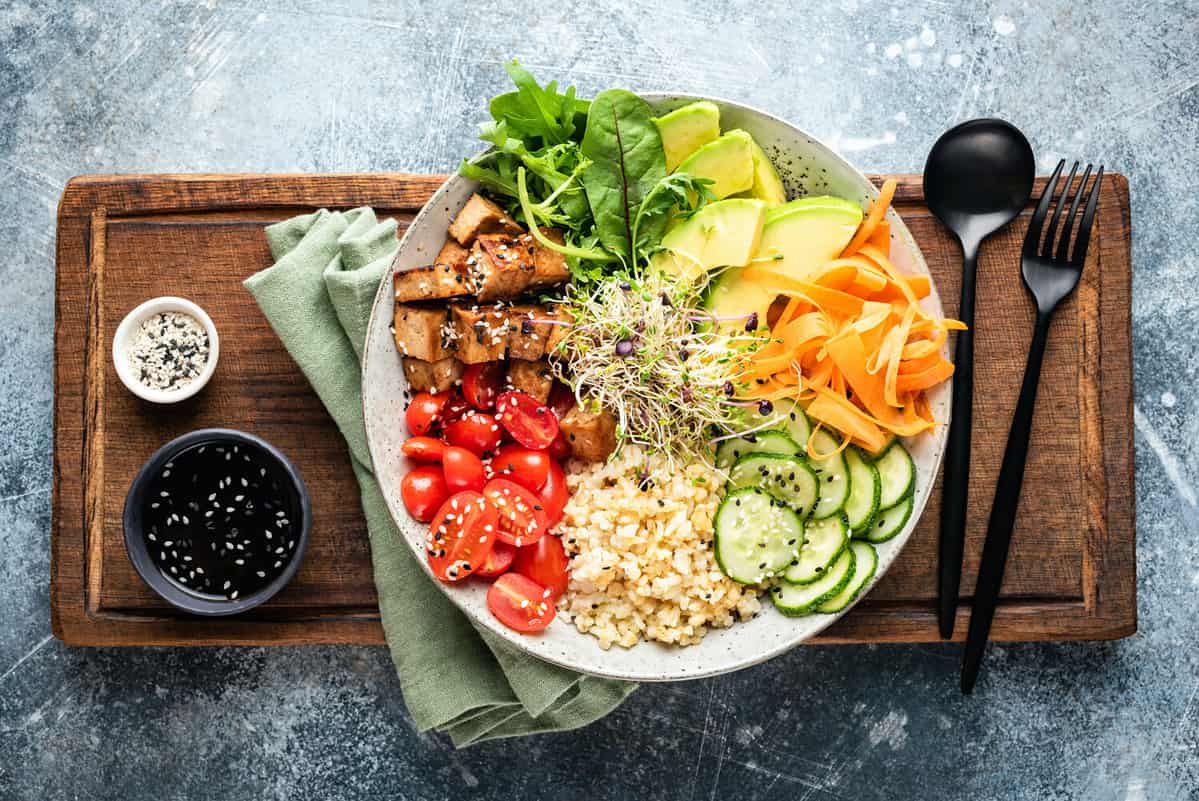
©Vladislav Noseek/Shutterstock.com
The nutritional value of rice and pasta depends on your food diet.
Rice offers essential vitamins and minerals. This includes folic acid, B vitamins, potassium, magnesium, selenium, fiber, iron, and zinc. However, too much rice can lead to high blood pressure and high blood sugar. Rice also tends to have lower calorie and carbohydrate content, which is perfect if you want to lower your carbohydrate intake.
Pasta has more protein and fiber. This can be better if you’re looking for something more substantial and filling your meal, especially before a workout. Pasta is also a food that provides energy and helps with stomach and cholesterol issues.
The nutritional value of rice and pasta is also different if it's brown rice and pasta vs. white rice and pasta. For example, brown rice contains bran and germ, which is most of the vitamins and minerals in the grain. These get taken out when manufacturers make white rice.
Flavor
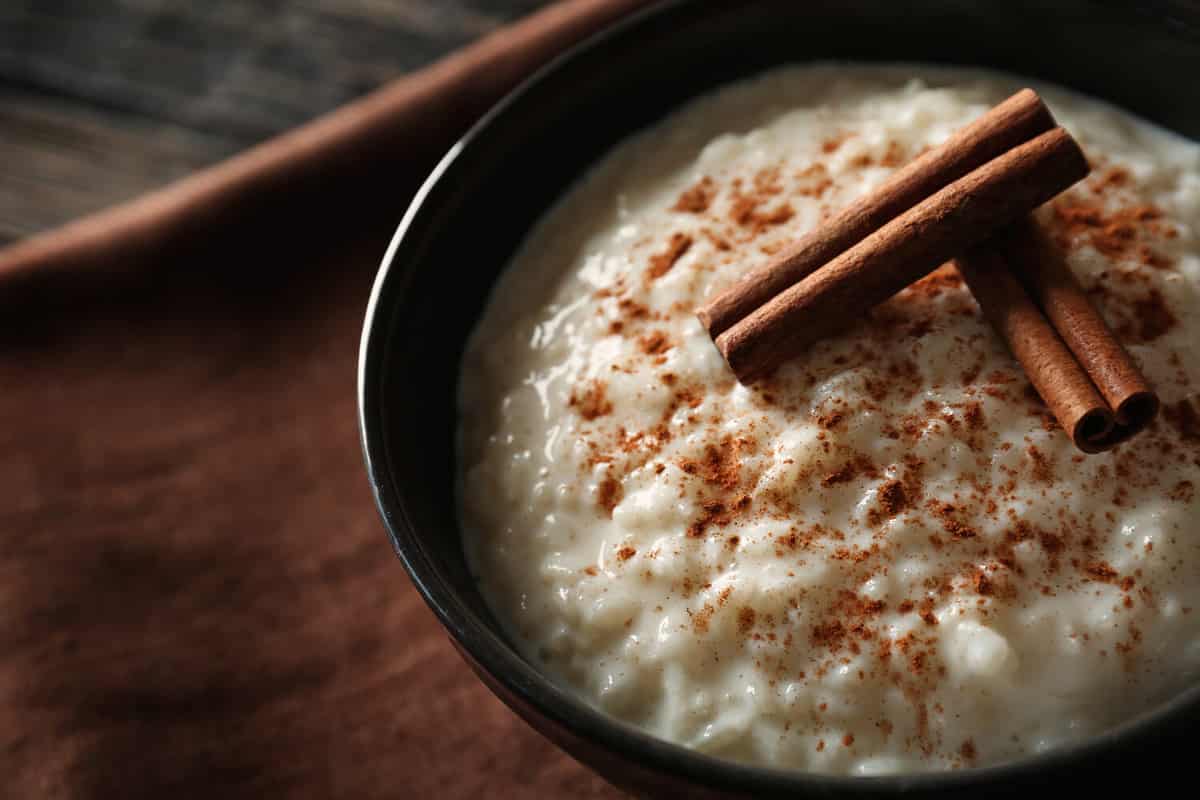
©Africa Studio/Shutterstock.com
Rice and pasta, without added flavor, also have a very unique flavor. Rice has a mild flavor that often blends well with sauces, and spices, or compliments other foods.
Pasta also has a mild, bland flavor without sauces or spices. It also goes well with sauces and spices such as spaghetti, pesto, or lasagna.
Meal Choice
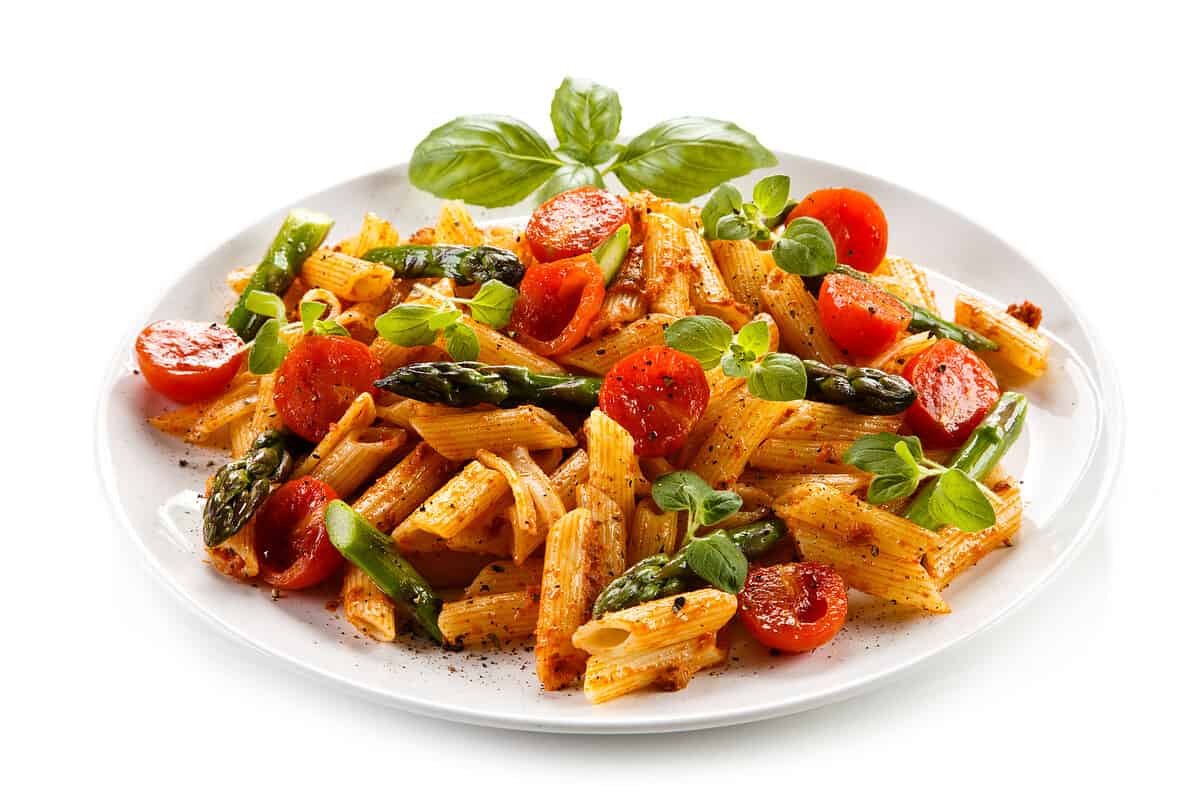
©iStock.com/gbh007
You can prepare different meals with either rice or pasta, depending on your preference. While pasta and rice don’t complement each other, they complement other dishes that create a delicious meal.
Things you make with rice:
Things you can make with pasta:
Print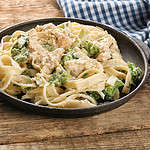
Chicken Alfredo
Ingredients
2 Tablespoons butter
1 1/2 cups heavy cream
3/4 cup grated Parmesan cheese, divided
12-1/2 ounces can white chunk chicken breast
1 cup frozen broccoli florets, thawed
8 ounces fettuccine, cooked and drained
Instructions
1. Heat the butter and heavy cream in a 10-inch skillet over medium heat to a boil, stirring constantly.
2. Stir in 1/2 cup Parmesan cheese. Reduce the heat to low. Cook for 5 minutes.
3. Add the chicken, broccoli florets and fettuccine to the skillet and toss to coat. Heat through.
4. Sprinkle with the remaining cheese and serve immediately.
5. Serve with tossed salad and warm, crusty Italian bread.
Should You Choose Rice or Pasta?
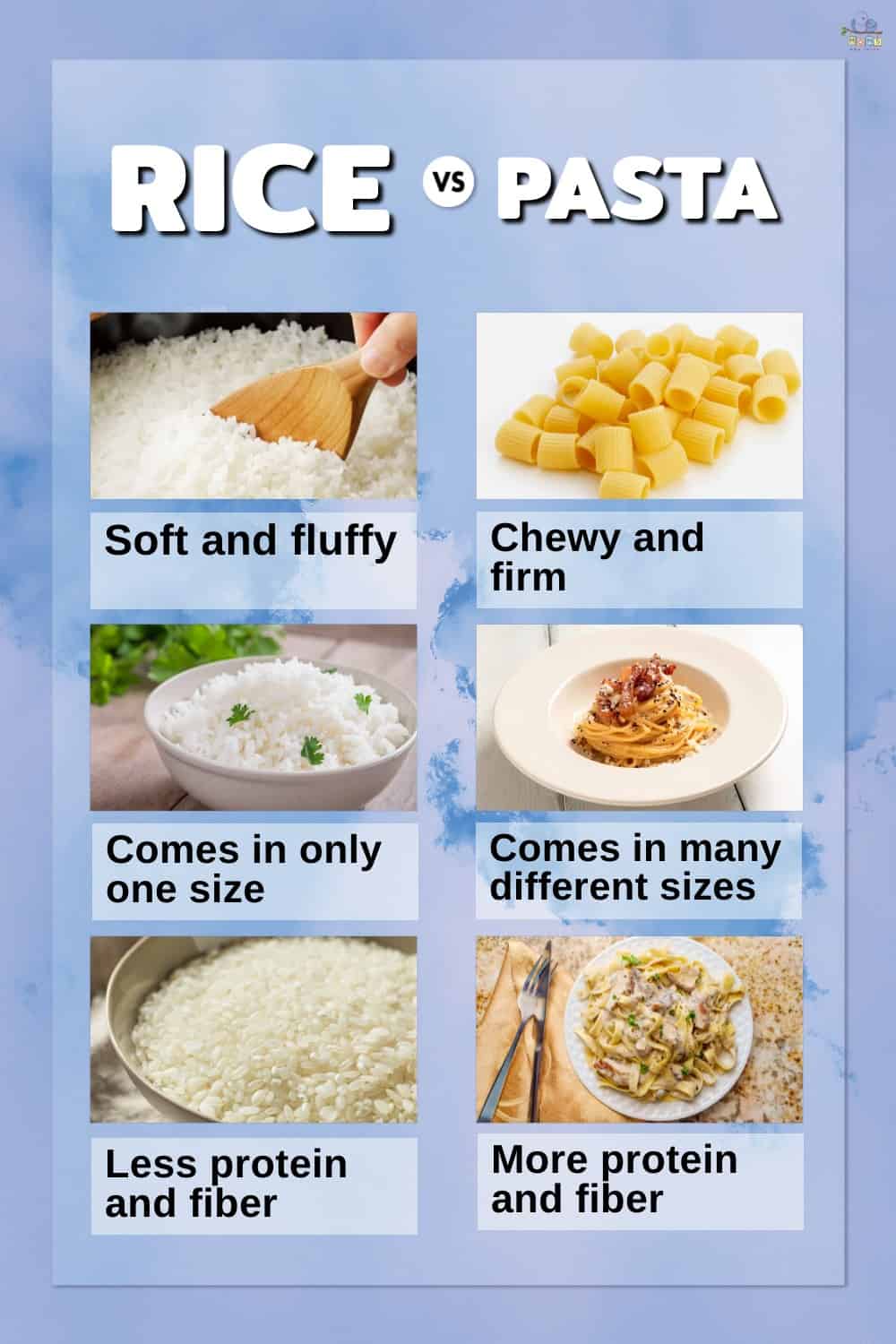
- Rice has less protein and fiber than pasta. This makes pasta a great choice for those with digestive issues, or those looking to build muscle.
- Rice only comes in one shape and size, while pasta comes in many shapes and sizes.
- Pasta has a firm but chewy texture, while rice is soft and fluffy.
There’s no wrong or right choice regarding rice vs. pasta. You have to decide what to eat based on your personal preferences, health choices, and what you enjoy the most.
With a better idea of their differences, you can decide which to eat based on the nutritional value, flavor, or meal you want to make.
The image featured at the top of this post is ©LightField Studios/Shutterstock.com.
